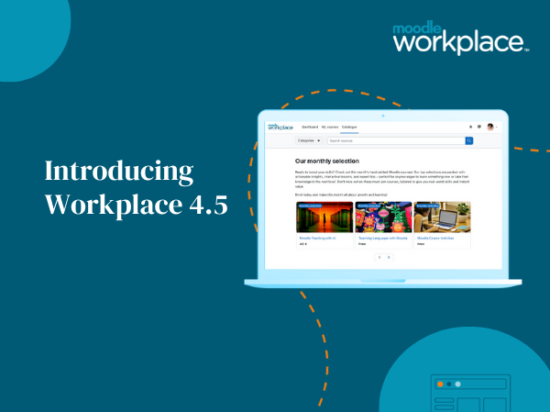The online learning space is constantly evolving, with seemingly endless options for better, faster and more expensive LMS platforms and various flavours of content authoring tools. One moment, you are convinced your organisation has the ideal solution, however, a few months later, someone is offering a bells and whistles solution with functionality that exceeds the solution you already have in place. Alternatively, in the face of changing organisational goals, sometimes there is no option but to adopt a better, faster and slightly more expensive option. So how do you future proof your LMS investment?
Traditionally, LMS software was only offered by vendors with licensing costs and locked in functionalities with the aim of preventing connectivity to other systems and flexibility for their users (closed source LMS). Under this model, organisations have been locked into using only the tools offered by the proprietary software vendor.
As a result, there is little scope for customisation of the software to meet unique organisational needs. Under this model, an organisation can be locked into an expensive long-term contract with little room to explore new innovative tools which can be integrated in a more open-source LMS.
The New Era
Open source LMS systems such as Moodle allow and encourage integration with innovative third-party solutions to meet needs and budget. Why not add a plagiarism checking tool, an ecommerce site, HRIS, gamification, analytics, virtual reality (and the list goes on). With the plugin model supported by open source learning management systems, organisations can select the best fit tools for their learning and development needs to create a robust and impactful experience for users. Furthermore, as new tools and products arrive on the marketplace, your organisation is free to explore their integration into the open source LMS.
The Way Forward
Instead of a standalone, closed LMS environment, the open source model places the LMS in the centre of the learning environment allowing integrations with the best tools and customisation for a seamless user experience. As the functionalities of the majority of LMSs have become similar, an open source LMS solution which offers organisations flexibility, interoperability and scalability is a big differentiator. The nature of open source where the creation and use of third party plugins are allowed and encouraged allows for flexibility and interoperability. The options for hosting, whether self-managed or expertly managed and supported by a partner, the ability to scale up or down the number of users including multi-tenancy add to the flexibility of open source.
Moodle Open Source Project
Today, Moodle is the most widely used LMS in the world, with more than 250 million registered users globally. Moodle’s open-source project is managed by a dedicated team at Moodle HQ with the head office in Perth. Moodle’s modular nature and inherent flexibility make it an ideal platform for both academic and enterprise level applications. Moodle has been adapted for use across education, business, government, not-for-profit sectors of all sizes.
If your LMS is not scalable, able to integrate well with your systems, reasonably priced, open-source, supported by your vendor, it might be time to look towards the future. My Learning Space can help.







